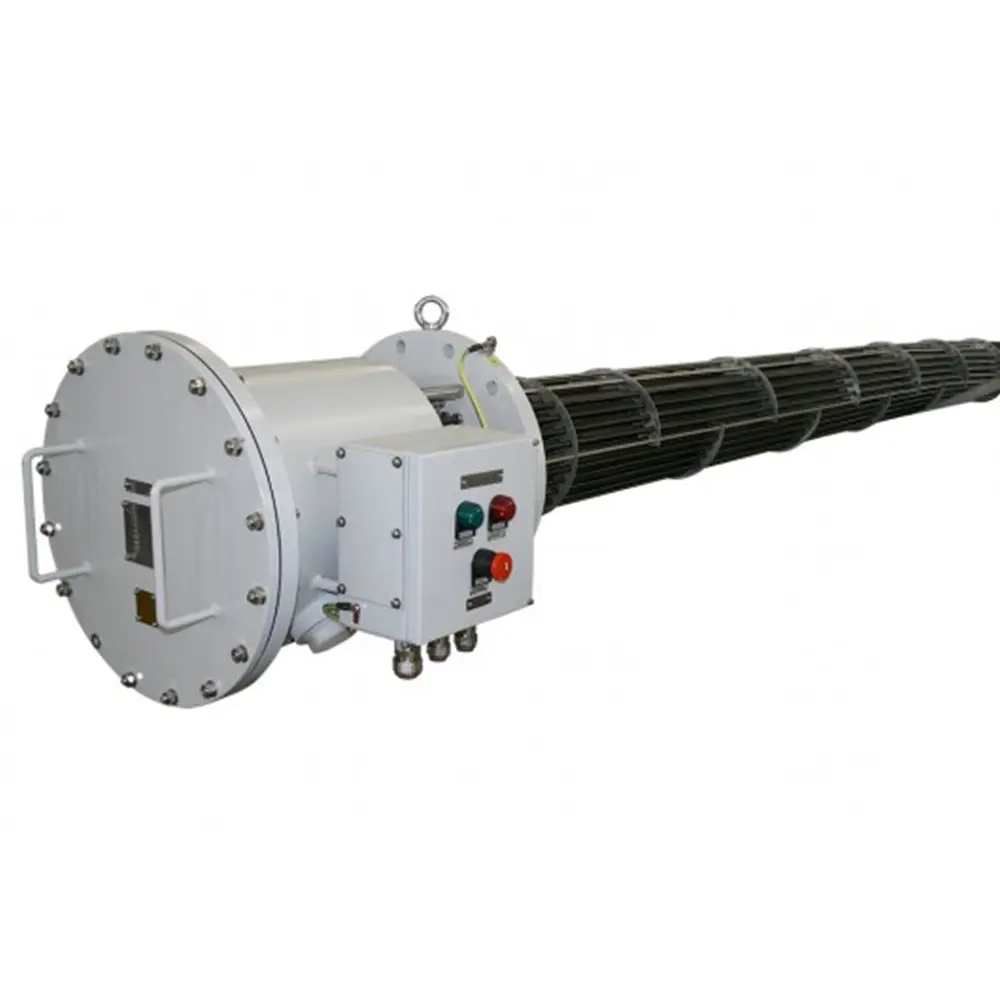When it comes to heating water quickly and efficiently, many people consider using an electric immersion heater. These compact devices, often made of a simple heating coil with a handle, are popular among travelers, students, and homeowners who want a convenient way to boil water. But a common question arises: do electric immersion heaters actually save electricity compared to other methods of heating water?
How Does an Electric Immersion Heater Work?
An electric immersion heater is a device that you immerse directly into the liquid you want to heat, usually water, milk, or soup. It functions by converting electricity directly into heat through a resistive coil. Since the heater is in direct contact with the water, very little energy is lost in the process. The coil transfers heat directly to the liquid, making the heating process quite efficient.
In contrast, appliances like electric kettles or stovetops need to heat the container first before transferring that heat to the water. This indirect process can lead to energy losses. The immersion heater avoids this by skipping the middle step.
Energy Efficiency of Immersion Heaters
Electricity consumption is measured in kilowatt-hours (kWh). To calculate the energy use of an immersion heater, you need to consider two factors: its wattage and the heating time.
For example, a typical immersion heater is rated at 1000 watts (1 kW). If it takes 5 minutes (0.083 hours) to boil 500 ml of water, the energy consumed is:
1 kW × 0.083 hours = 0.083 kWh
If electricity costs $0.15 per kWh, then the total cost for heating that half-liter of water would be:
0.083 × $0.15 ≈ $0.0125 (just over one cent).
This shows that the immersion heater itself is not wasteful. In fact, the direct heating method means nearly all of the electrical energy is converted into heat.
Comparing Immersion Heaters to Other Methods
Electric Kettles
Electric kettles are widely considered efficient because they are designed with insulated walls and automatic shut-off functions. However, if you only want to heat a very small amount of water, an immersion heater may use less electricity because it heats exactly what you need without warming extra water.
Stovetop Heating
Using gas or an electric stove is generally less efficient. Much of the heat energy is lost to the air and the pot, not just the water. This means longer heating times and higher energy costs.
Microwaves
Microwaves are convenient for heating a cup of water, but they are not always energy-efficient. A significant portion of the microwave’s energy is lost in the process of generating microwaves, and uneven heating often means you run it longer.
Overall, immersion heaters perform very well in terms of efficiency, especially for small amounts of water.
Situations Where Immersion Heaters Save the Most Electricity
Travel and Dorm Rooms
When you only need to make a cup of tea, instant noodles, or warm up a drink, an immersion heater is perfect. You won’t waste energy boiling a whole kettle.
Minimalist Households
For people living alone or those who consume small quantities of hot water, immersion heaters reduce unnecessary energy usage.
Camping and Off-Grid Living
When connected to portable power supplies, immersion heaters allow direct heating without wasting energy on other cooking methods.
Possible Downsides to Consider
Although immersion heaters can be efficient, there are some practical limitations:
Limited Capacity – They are usually designed for heating small volumes of liquid. Heating a large pot of water with a small immersion heater can take a long time and may not save electricity overall.
Safety Risks – If not used carefully, they can cause burns or electric shocks. They must always be fully immersed before being plugged in.
No Insulation – Unlike kettles, immersion heaters do not retain heat. Once unplugged, the water starts cooling immediately, which may require reheating and extra electricity.
The Verdict: Do They Really Save Electricity?
The answer depends on how you use them. For heating small amounts of water, such as a single cup for tea or coffee, an electric immersion heater can be one of the most efficient options available. It avoids heating unnecessary water and transfers heat directly into the liquid.
However, for larger volumes, appliances like electric kettles may be more practical because they heat water faster and retain heat longer. The overall energy use might be similar, but the kettle saves time and offers better convenience.
In simple terms:
For small portions → immersion heater is more efficient.
For larger portions → an electric kettle is often better.
Electric immersion heaters do save electricity in specific situations, especially for quick, small-scale heating. They are simple, portable, and cost-effective, which is why they remain popular among students, travelers, and eco-conscious users. If your goal is to minimize electricity waste, the best practice is to heat only the amount of water you truly need—whether with an immersion heater or a kettle.


 English
English русский
русский Français
Français Español
Español عربى
عربى
